EXOPLANETS
and how to find them
EXOPLANET STATISTICS
Observatory Location:
Ground-Based:
Space-Based:
Multiple Locales:
Year of Discovery & Method (w/o Transit Method)
Discoveries vs Distance
Planets in System
Orbital Period (Days)
Size compared to Earth
WHAT IS AN EXOPLANET?
DEFINITION:
In straightforward terms, an exoplanet is defined as any planet that doesn’t orbit our home star, the Sun. The prefix ‘exo’ comes from Greek, meaning ‘outside’.
HISTORY:
The first evidence of an exoplanet was noted as early as 1917, but was not recognised as such. However, the first scientific detection of an exoplanet began in 1988. Shortly afterwards, the first confirmed detection came in 1992, with the discovery of several terrestrial-mass planets orbiting the pulsar PSR B1257+12. The first confirmation of an exoplanet orbiting a main-sequence star was made in 1995, when a giant planet was found in a four-day orbit around the nearby star 51 Pegasi.
Some exoplanets have been imaged directly by telescopes, but the vast majority have been detected through indirect methods, such as the transit method and the radial-velocity method. As of 1st November 2018, there are 3,874 confirmed planets in 2,892 systems, with 638 systems having more than one planet.

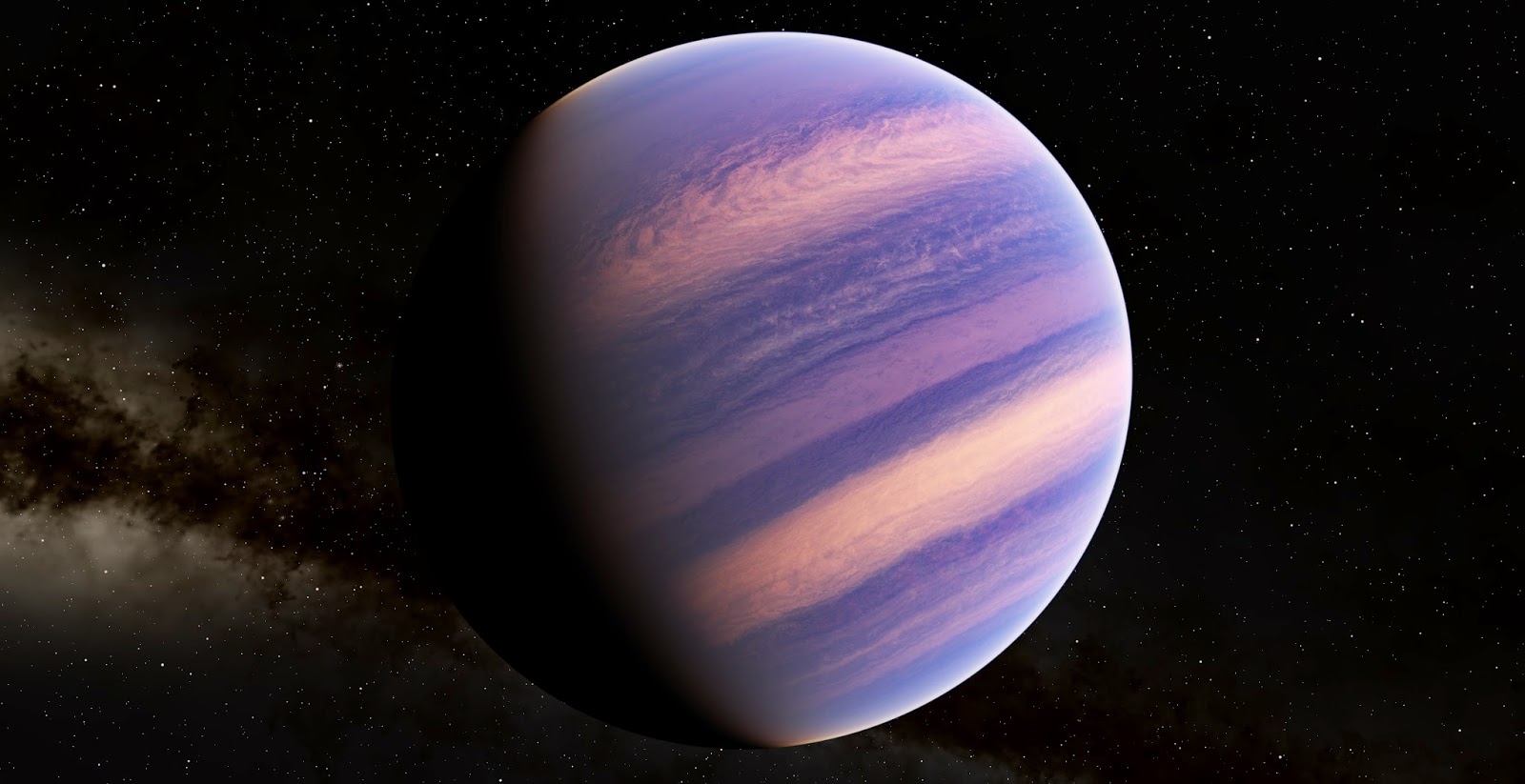
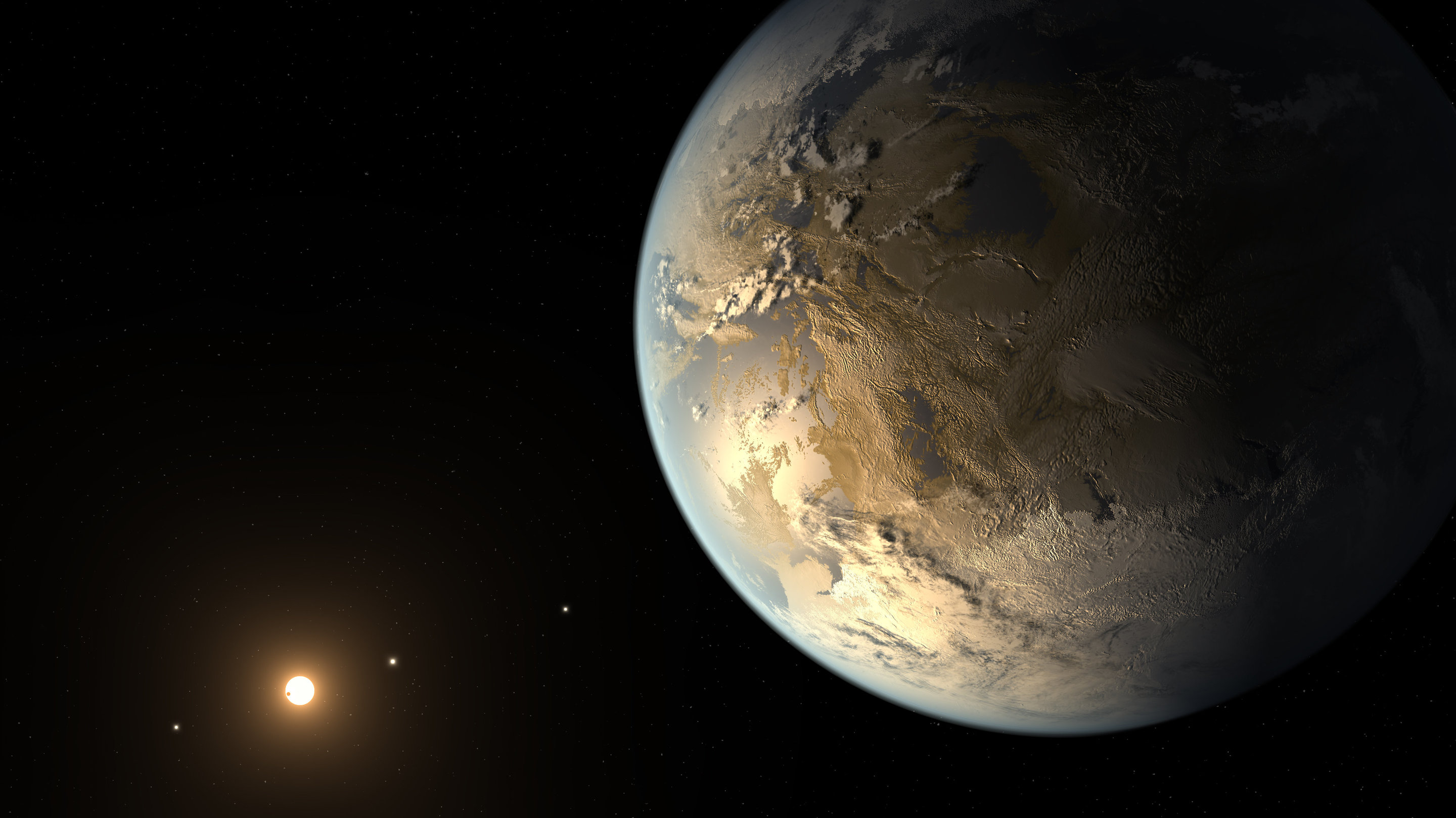
A PAR-WHAT?
ASTRONOMICAL TERMS EXPLAINED
THE PARSEC
The parsec (symbol: pc) is a unit of length used to measure large distances to astronomical objects outside the Solar System. A parsec is defined as the distance at which one astronomical unit subtends an angle of one arcsecond, which corresponds to (648000 / π) astronomical units.
One parsec is equal to about 3.26 light-years (30 trillion km or 19 trillion miles) in length. The nearest star, Proxima Centauri, is about 1.3 parsecs (4.2 light-years) from the Sun. Most of the stars visible to the unaided eye in the night sky are within 500 parsecs of the Sun.
ASTRONOMICAL UNIT
The astronomical unit (symbol: AU) is a unit of length, roughly the distance from Earth to the Sun. However, that distance varies as Earth orbits the Sun, from a maximum (aphelion) to a minimum (perihelion) and back again once a year.
Originally conceived as the average of Earth's aphelion and perihelion, since 2012 it has been defined as exactly 149,597,870,700 metres or about 150 million kilometres (93 million miles).
The astronomical unit is used primarily for measuring distances within the Solar System or around other stars. However, it is also a fundamental component in the definition of another unit of astronomical length, the parsec.
ORBITAL MOTION
In physics, an orbit is the gravitationally curved trajectory of an object, such as the trajectory of a planet around a star or a natural satellite around a planet. Normally, an orbit refers to a regularly repeating trajectory, although it may also refer to a non-repeating trajectory. To a close approximation, planets and satellites follow elliptic orbits, with the central mass being orbited at a focal point of the ellipse, as described by Kepler's laws of planetary motion
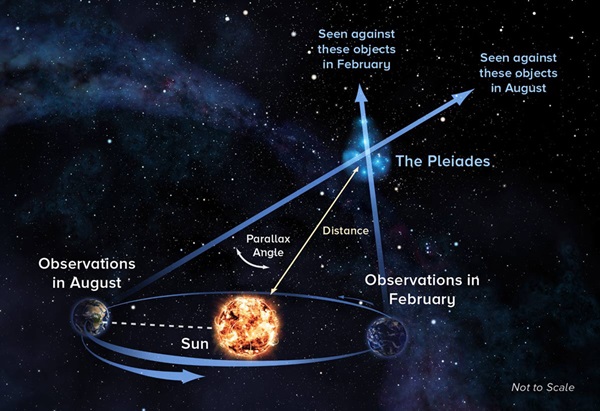

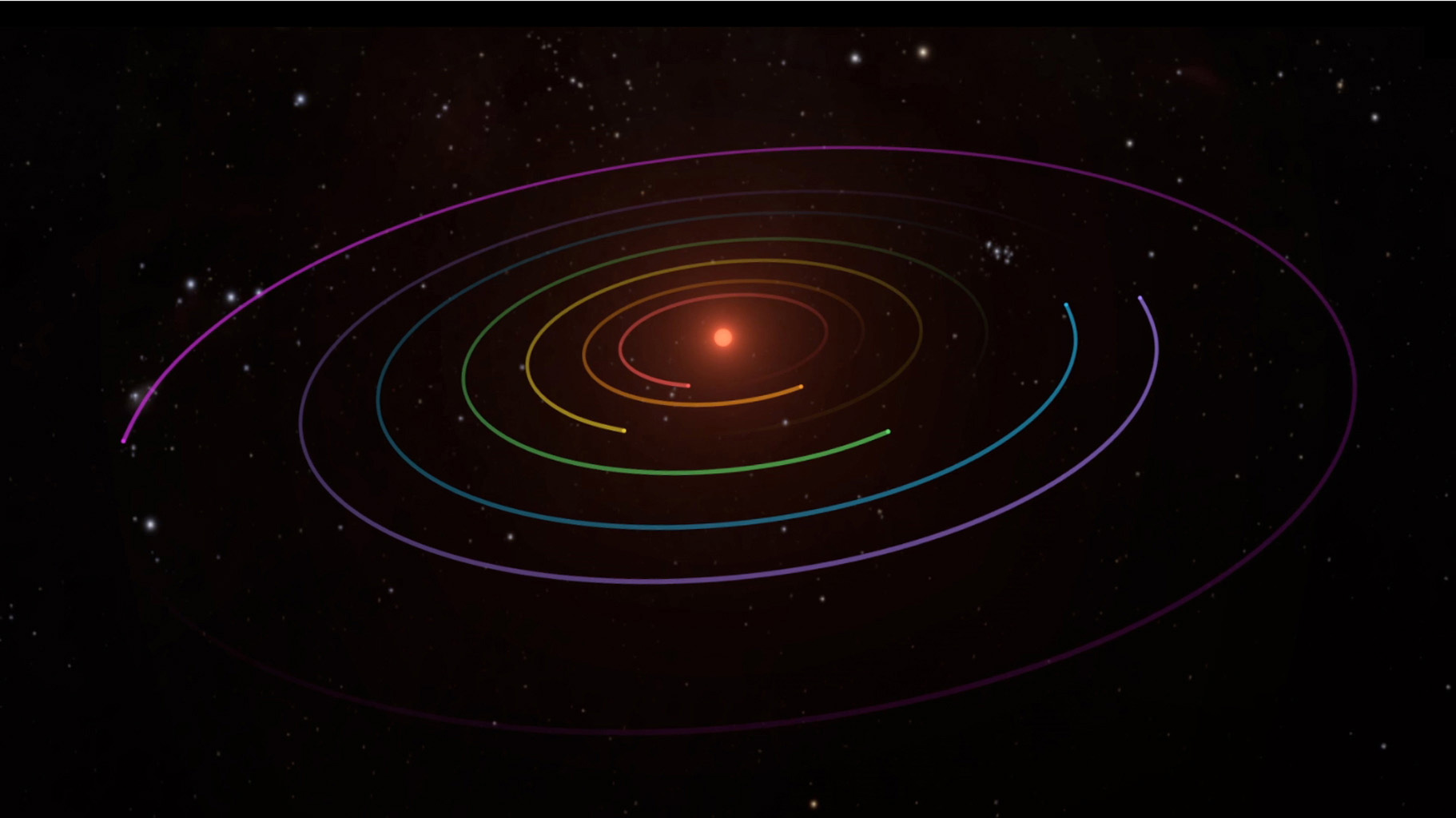
PLANET-HUNTING METHODS
HOW EXACTLY DO YOU FIND AN EXOPLANET?
RADIAL VELOCITY METHOD
The radial velocity method, also known as Doppler spectroscopy, is the most effective method for locating extrasolar planets with existing technology. Though other approaches hold great promise for the future, the vast majority of Exoplanets discovered so far were detected by this method.
The radial velocity method relies on the fact that a star does not remain completely stationary when it is orbited by a planet. It moves, ever so slightly, in a small circle or ellipse, responding to the gravitational tug of its smaller companion. When viewed from a distance, these slight movements affect the star's normal light spectrum, or colour signature. If the star is moving towards the observer, then its spectrum would appear slightly shifted towards the blue; if it is moving away, it will be shifted towards the red.
GRAVITATIONAL MICROLENSING
Gravitational microlensing occurs when the gravitational field of a star acts like a lens, magnifying the light of a distant background star. This effect occurs only when the two stars are almost exactly aligned. Lensing events are brief, lasting for weeks or days, as the two stars and Earth are all moving relative to each other. More than a thousand such events have been observed over the past ten years.
If the foreground lensing star has a planet, then that planet's own gravitational field can make a detectable contribution to the lensing effect. Since that requires a highly improbable alignment, a very large number of distant stars must be continuously monitored in order to detect planetary microlensing contributions at a reasonable rate. This method is most fruitful for planets between Earth and the centre of the galaxy, as the galactic centre provides a large number of background stars.
TRANSIT METHOD
This method detects distant planets by measuring the minute dimming of a star as an orbiting planet passes between it and the Earth. The passage of a planet between a star and the Earth is called a "transit." If such a dimming is detected at regular intervals and lasts a fixed length of time, then it is very probable that a planet is orbiting the star and passing in front of it once every orbital period.
The dimming of a star during transit directly reflects the size ratio between the star and the planet: A small planet transiting a large star will create only a slight dimming, while a large planet transiting a small star will have a more noticeable effect. The size of the host star can be known with considerable accuracy from its spectrum, and photometry therefore gives astronomers a good estimate of the orbiting planet's size, but not its mass. This makes photometry an excellent complement to the spectroscopic method, which provides an estimate of a planet's mass, but not its size. Using both methods, combining mass and size, scientists can calculate the planet's density, an important step towards assessing its composition.
DIRECT IMAGING
Planets are extremely faint light sources compared to stars, and what little light comes from them tends to be lost in the glare from their parent star. So in general, it is very difficult to detect and resolve them directly from their host star. Planets orbiting far enough from stars to be resolved reflect very little starlight, so planets are detected through their thermal emission instead.
It is easier to obtain images when the star system is relatively near to the Sun, and when the planet is especially large (considerably larger than Jupiter), widely separated from its parent star, and hot so that it emits intense infrared radiation. Images have then been made in the infrared, where the planet is brighter than it is at visible wavelengths. Coronagraphs are used to block light from the star, while leaving the planet visible.
PULSAR TIMING METHOD
A pulsar is a neutron star: the small, ultra-dense remnant of a star that has exploded as a supernova. Pulsars emit radio waves extremely regularly as they rotate. Because the intrinsic rotation of a pulsar is so regular, slight anomalies in the timing of its observed radio pulses can be used to track the pulsar's motion. Like an ordinary star, a pulsar will move in its own small orbit if it has a planet. Calculations based on pulse-timing observations can then reveal the parameters of that orbit.
This method was not originally designed for the detection of planets, but is so sensitive that it is capable of detecting planets far smaller than any other method can, down to less than a tenth the mass of Earth. It is also capable of detecting mutual gravitational perturbations between the various members of a planetary system, thereby revealing further information about those planets and their orbital parameters. In addition, it can easily detect planets that are relatively far away from the pulsar.
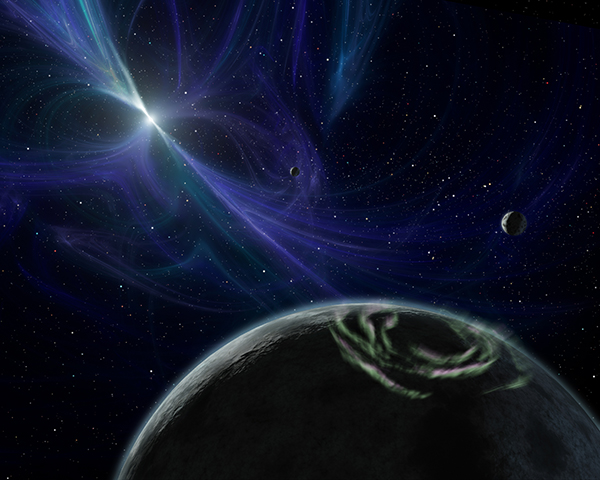
FURTHER RESOURCES
- Extrasolar Planets Encyclopaedia
- Exoplanet Data Explorer
- NASA Exoplanet Archive
- NASA Kepler Discoveries
- MAST Kepler Planetary Candidates
- TEPCat: Catalogue of the Physical Properties of Transiting Planetary Systems
- The Open Exoplanet Catalogue
- Habitable Zone Gallery
- Catalogue of Exoplanets of the Planetary Society
- Exoplanet Transit Database (ETD)
- List of Exoplanets from the Paris Observatory
- Catalogue of Resolved Circumstellar Disks
Created by Chris Quinn ©